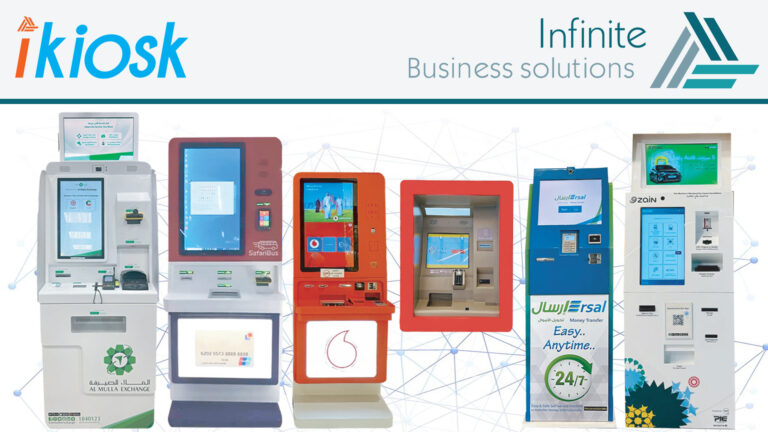Saving for retirement is essential, which goes without saying. What needs more explanation is the options for building up a nest egg to keep you comfortable later in life.
There are myriad strategies and plans to consider, so here’s a handful of the main ones and the perks and problems they provide.
Traditional IRA: Balancing Tax Benefits and Distribution Requirements
A Traditional Individual Retirement Account (IRA) is an attractive savings option for retirement that offers tax advantages. Contributions to a Traditional IRA are potentially tax-deductible, making them appealing to those seeking an immediate income-tax break. Your investments grow on a tax-deferred basis until withdrawal.
However, there are caveats, as withdrawals before turning 59½ may incur penalties unless specific exemption criteria apply. Also, mandatory minimum distribution requirements after age 72 force withdrawals regardless of your financial needs or planning strategies in place. Carefully weigh the pros and cons while considering if this popular retirement plan suits your long-term goals best!
403(b) Plans – Common in Higher Education and Healthcare
403(b) plans are tax-deferred retirement savings programs designed for employees of public schools, certain non-profits, and religious institutions. These specialized plans function similarly to traditional 401(k)s but typically have lower administrative costs due to their target audience. Some leading companies for 403(b) plans include Fidelity Investments, TIAA-CREF, VALIC, and Voya Financial.
Contributions made to a 403(b) plan reduce your taxable income; investments grow on a tax-deferred basis inside the account until you begin taking distributions after age 59½. It’s worth noting that early withdrawals before the designated age face penalties unless they meet qualifying exceptions.
One drawback is the limited investment choices compared with conventional IRA or brokerage accounts, often restricted to annuity contracts or mutual funds. When evaluating whether a 403(b) plan aligns with your financial objectives, scrutinize available investments and examine fees associated with managing those assets within this context.
Roth IRA: Enjoying Tax-Free Withdrawals Later in Life
A Roth IRA is a popular retirement account that offers attractive tax advantages, particularly for those expecting a higher future income-tax bracket. While contributions to this type of account come from after-tax income, qualified withdrawals during retirement are entirely tax-free.
This feature appeals to many savers who plan strategically for reduced tax burdens in their golden years. Also, unlike Traditional IRAs, there are no compulsory minimum distributions required, offering flexibility over assets distribution and estate planning strategies.
Of course, while Roth IRAs present various appealing benefits, it’s essential to remember potential downsides as well:
1. Income Limits:
There are restrictions on who can contribute to a Roth IRA based on modified adjusted gross income (MAGI) levels; you may be ineligible for direct contributions if your MAGI exceeds specific thresholds.
2. No Immediate Tax Deductions:
Contributions made to a Roth IRA aren’t tax-deductible when filing annual returns, unlike Traditional IRAs that offer immediate tax deductions in qualifying circumstances.
3. Limited Annual Contribution Amounts:
Both Traditional and Roth IRAs impose maximum yearly contribution limits, potentially restricting the amount saved annually compared to other retirement account options like certain workplace savings plans.
4. Availability of Employer Plans:
If you’re already participating in an employer-sponsored plan offering comparable tax advantages (e.g., a 401(k)), the benefits of opening a separate Roth IRA could diminish, so examine whether any added value warrants exploring this option further before committing resources.
Simplified Employee Pension (SEP): A Flexible Alternative for Small Business Owners and Self-Employed Individuals
A SEP IRA offers a versatile option for small business owners or self-employed individuals looking to establish retirement savings plans while benefiting from certain tax advantages. SEPs allow employers to contribute directly to an employee’s account, with more substantial annual contribution limits than Traditional or Roth IRAs.
The contributions made by the employer are typically tax-deductible, providing both immediate financial incentives and long-term value through deferred-tax growth. However, funds withdrawal before 59½ may attract penalties unless specific exceptions apply. Thoroughly evaluate SEP IRAs in comparison to other available options when crafting your financial strategy and determine if it meets your unique circumstances and retirement aims.
The Bottom Line
As we’ve established, selecting the right retirement savings plan is a critical aspect of financial planning.
By carefully weighing the pros and cons of these diverse offerings, ranging from Traditional IRAs to specialized accounts like 403(b) plans or SEPs, you can cultivate a customized strategy designed to secure your financial future effectively.
Remember that regular assessment and adjustments are vital. Remain flexible in adopting new approaches as both personal situations and economic landscapes evolve.























